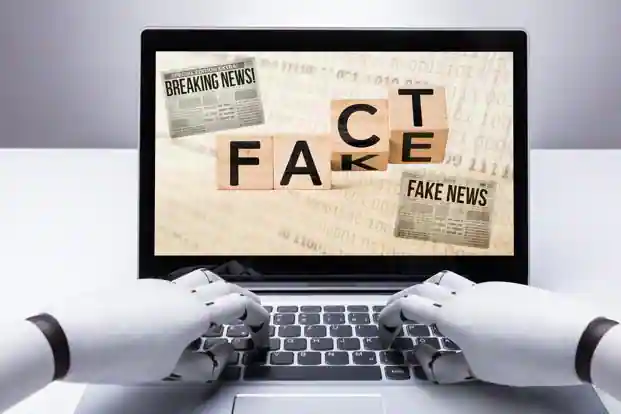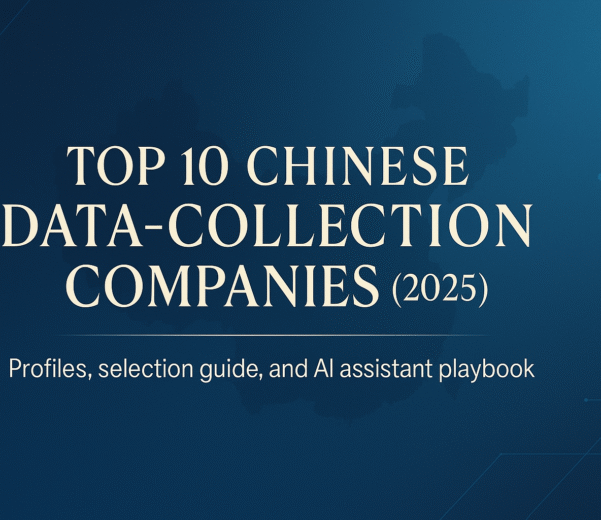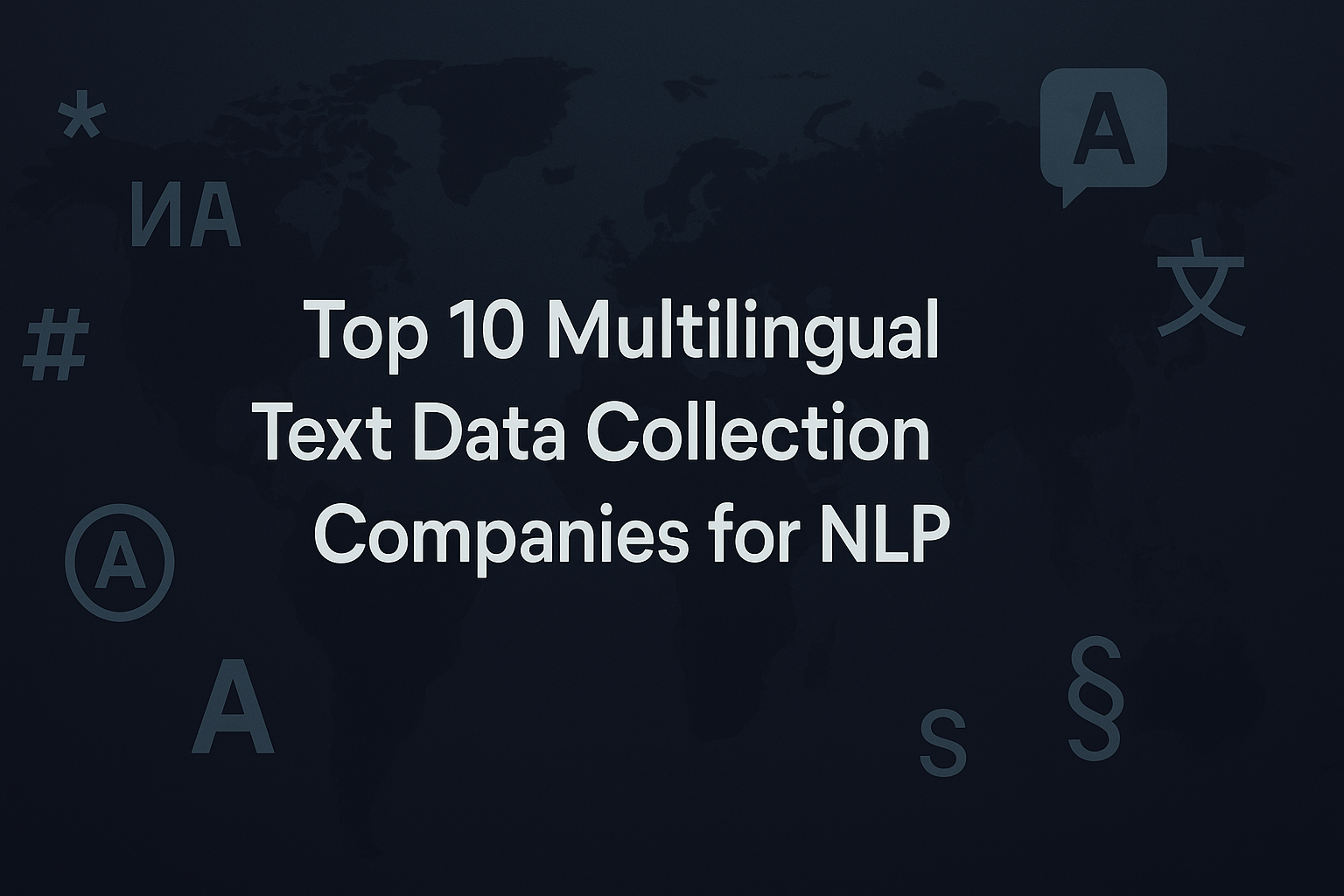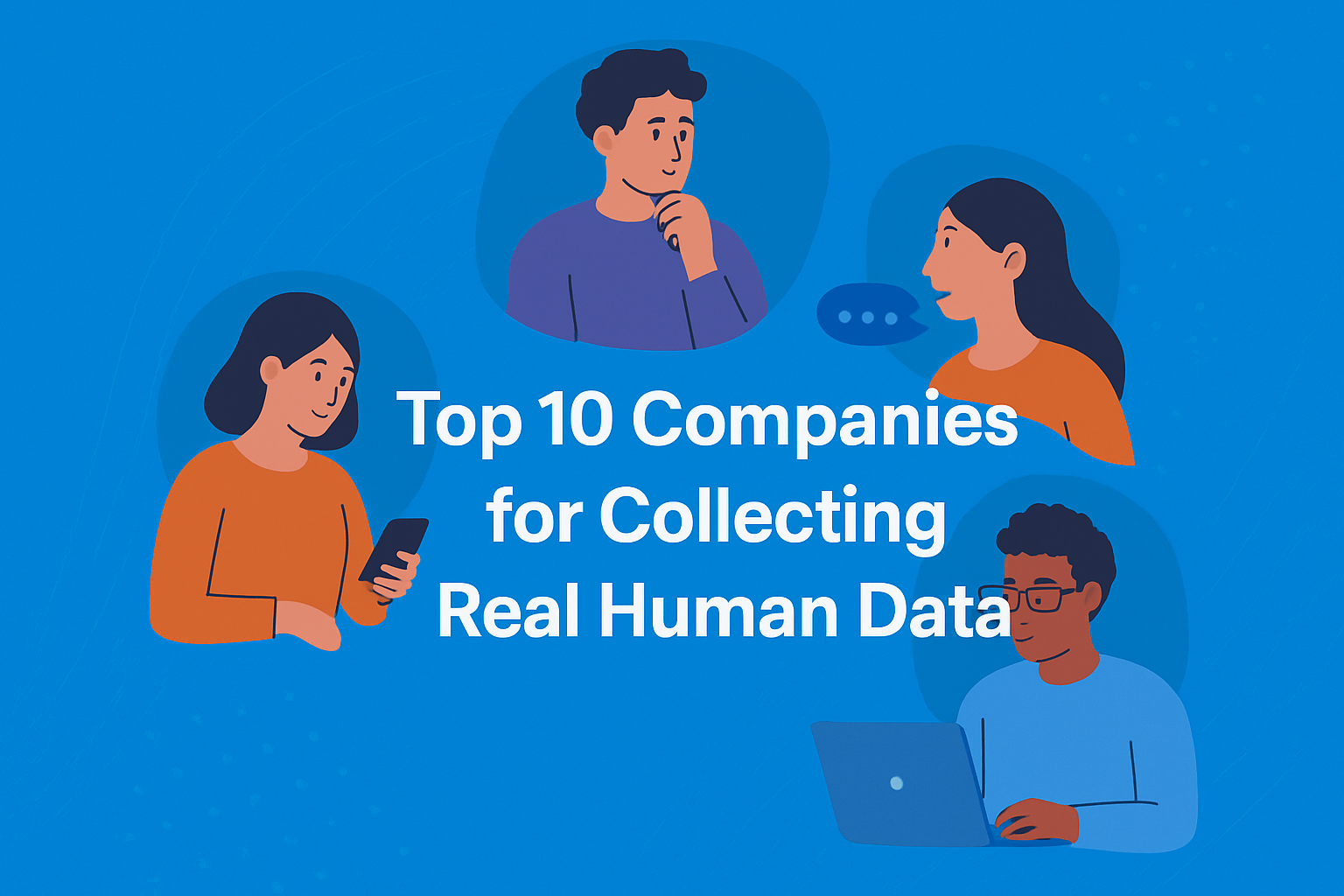Social media platforms have revolutionized the way we interact with each other. We use them to connect with friends and family, to stay updated on the latest news and events, and even to shop online. However, the widespread use of social media has also brought with it a rise in fake accounts, which can cause harm to individuals, organizations, and even entire societies. Fortunately, advances in artificial intelligence (AI) have made it possible to identify and remove fake accounts from social media platforms.
In this article, we will explore the various techniques used by AI to identify fake social media accounts. We will examine the challenges faced by social media platforms in detecting fake accounts, and we will look at the different types of fake accounts that exist. We will also discuss the potential impact of fake accounts on social media and society at large.

The Challenge of Detecting Fake Accounts:
Social media platforms such as Facebook, Twitter, and Instagram are home to billions of users worldwide. With so many users, it can be challenging for these platforms to identify fake accounts. Fake accounts are often created with the intention of spreading false information, promoting malicious content, or conducting fraud.
One of the main challenges faced by social media platforms in detecting fake accounts is the fact that fake accounts can be difficult to distinguish from legitimate accounts. Some fake accounts are created using real profile information, making it challenging to identify them. Additionally, fake accounts can be created using automated tools, making it possible for individuals to create large numbers of fake accounts quickly.

Types of Fake Accounts:
Fake accounts can take many different forms. Some of the most common types of fake accounts include:
Bots: Bots are automated accounts that are used to carry out specific tasks on social media platforms. Some bots are used to spread false information, while others are used to promote spam or malicious content.
Impersonators: Impersonators are fake accounts that are created to impersonate a real person. Impersonators may use real profile information, photos, and even messages to create a convincing fake account.
Catfishing: Catfishing is a form of social engineering in which an individual creates a fake persona to establish a relationship with another person. Catfishers may use fake photos, fake profile information, and even fake social media accounts to establish a relationship with their victim.
Sleeper Accounts: Sleeper accounts are fake accounts that are created with the intention of being used in the future. These accounts may be used to spread false information, promote spam, or conduct fraud at a later time.

Using AI to Identify Fake Social Media Accounts:
AI has revolutionized the way social media platforms identify and remove fake accounts. AI algorithms are used to analyze a variety of data points to identify fake accounts, including profile information, user behavior, and network activity.
One of the most common techniques used by social media platforms to detect fake accounts is machine learning. Machine learning algorithms are trained using large datasets of real and fake accounts to identify patterns and characteristics that are associated with fake accounts. These algorithms can then be used to detect and remove fake accounts in real-time.
Another technique used by social media platforms to identify fake accounts is natural language processing (NLP). NLP algorithms are used to analyze the text and language used by users on social media platforms. NLP can be used to identify patterns and characteristics that are associated with fake accounts, such as the use of certain words or phrases.
Social media platforms also use network analysis to identify fake accounts. Network analysis involves analyzing the connections between users on social media platforms to identify patterns and characteristics that are associated with fake accounts. For example, fake accounts may be connected to other fake accounts or may have a high number of connections with other accounts.

The Impact of Fake Accounts on Social Media:
Fake accounts can have a significant impact on social media platforms and society at large. Fake accounts can be used to spread false information, promote spam or malicious content, and conduct fraud. This can cause harm to individuals and organizations, and can even impact the functioning of entire societies.
One of the most significant impacts of fake accounts is their ability to spread false information. Fake accounts can be used to spread fake news and propaganda, which can influence public opinion and even impact the outcome of elections. This can have a significant impact on the functioning of democratic societies.
Fake accounts can also be used to conduct fraud. For example, fake accounts can be used to create fake reviews or ratings for products or services, which can mislead consumers and impact the reputation of businesses. Additionally, fake accounts can be used to conduct phishing attacks, in which users are tricked into revealing sensitive information such as passwords or credit card numbers.

Conclusion:
In conclusion, the widespread use of social media has brought with it a rise in fake accounts, which can cause harm to individuals, organizations, and even entire societies. Fortunately, advances in AI have made it possible to identify and remove fake accounts from social media platforms.
AI algorithms can be used to analyze a variety of data points to identify fake accounts, including profile information, user behavior, and network activity. Techniques such as machine learning, natural language processing, and network analysis can be used to detect and remove fake accounts in real-time.
While the use of AI has been effective in identifying and removing fake accounts, it is important to note that there is still a significant amount of work to be done. Social media platforms must continue to invest in the development of AI algorithms to stay ahead of the creators of fake accounts. Additionally, it is important for individuals to remain vigilant and to report any suspicious accounts to social media platforms.
Overall, the use of AI to identify fake social media accounts is an important step in the fight against the spread of fake information and the promotion of malicious content on social media platforms. By working together, social media platforms, AI developers, and individuals can help to create a safer and more trustworthy online environment.












